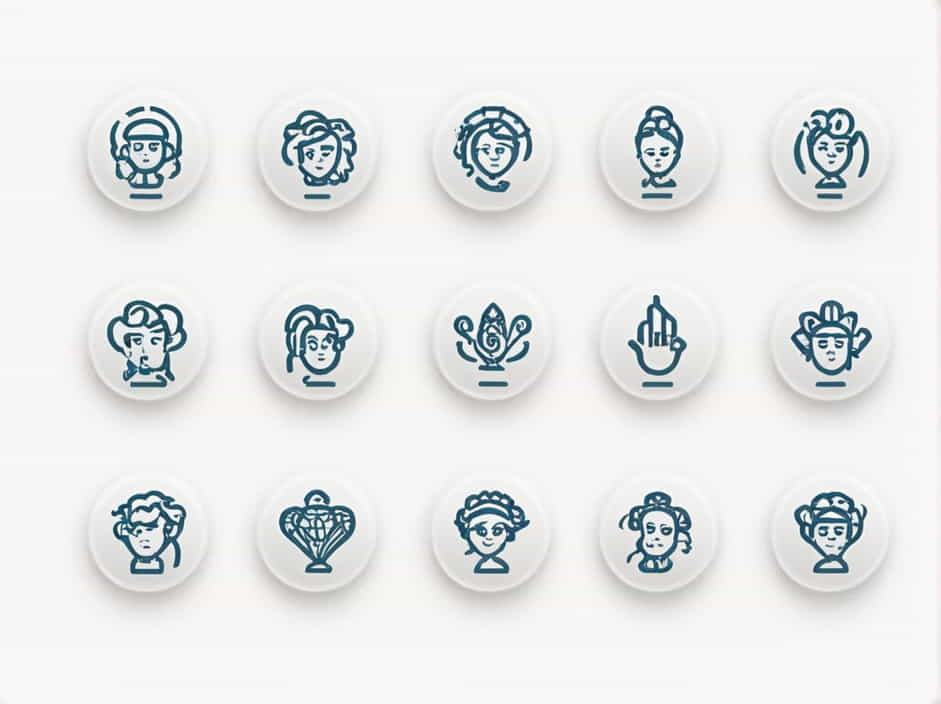Pluralization is an essential part of English grammar. Regular nouns follow specific rules when changing from singular to plural form. Understanding these rules helps improve writing and communication skills.
This topic provides a detailed guide on pluralizing regular nouns, along with a worksheet for practice.
Rules for Pluralizing Regular Nouns
1. Adding -s to Most Nouns
The most common way to form the plural of a noun is by simply adding -s to the singular form.
Examples:
- Cat → Cats
- Book → Books
- Car → Cars
2. Adding -es to Nouns Ending in -s, -sh, -ch, -x, or -z
When a noun ends in -s, -sh, -ch, -x, or -z, add -es to make it plural.
Examples:
- Bus → Buses
- Brush → Brushes
- Church → Churches
- Box → Boxes
- Quiz → Quizzes
3. Changing -y to -ies for Nouns Ending in a Consonant + y
If a noun ends in a consonant + y, change y to -ies in the plural form.
Examples:
- Baby → Babies
- City → Cities
- Story → Stories
However, if the noun ends in a vowel + y, simply add -s.
Examples:
- Boy → Boys
- Toy → Toys
- Key → Keys
4. Adding -es to Nouns Ending in -o (Some Cases)
Most nouns ending in -o add -es, but some only take -s.
Examples of -es:
- Tomato → Tomatoes
- Hero → Heroes
- Potato → Potatoes
Examples of -s:
- Photo → Photos
- Piano → Pianos
- Radio → Radios
5. Adding -s to Nouns Ending in -f or -fe (Some Exceptions)
Most nouns ending in -f or -fe change to -ves in the plural form.
Examples:
- Wolf → Wolves
- Knife → Knives
- Leaf → Leaves
However, some nouns only add -s instead of changing to -ves.
Examples:
- Roof → Roofs
- Chief → Chiefs
- Belief → Beliefs
Worksheet: Practice Pluralizing Regular Nouns
A. Convert the Singular Nouns to Plural
- Dog → ________
- Watch → ________
- Fly → ________
- Potato → ________
- Shelf → ________
- Fox → ________
- Cherry → ________
- Hero → ________
- Baby → ________
- Leaf → ________
B. Fill in the Blanks with the Correct Plural Form
- I have two ________ (box) of chocolates.
- The ________ (child) are playing in the park.
- We saw several ________ (wolf) in the forest.
- The museum has many old ________ (photo).
- There are five ________ (lady) in the waiting room.
- The baker sells delicious ________ (loaf) of bread.
- The farmer grows ________ (tomato) and cucumbers.
- These ________ (piano) need tuning.
- The garden is full of ________ (butterfly).
- We studied different ________ (story) in class today.
C. Choose the Correct Plural Form
-
Which is correct?
-
- The baby’s are crying.
-
- The babies are crying.
-
-
Which is correct?
-
- She has three dresss.
-
- She has three dresses.
-
-
Which is correct?
-
- There are two foxs in the zoo.
-
- There are two foxes in the zoo.
-
-
Which is correct?
-
- The wolves are howling at night.
-
- The wolfs are howling at night.
-
-
Which is correct?
-
- The tomatoes are fresh.
-
- The tomatos are fresh.
-
Understanding how to pluralize regular nouns is a fundamental skill in English. By following specific rules, learners can easily form plural nouns correctly. The worksheet above provides practice to reinforce these concepts. Keep practicing, and soon pluralization will become second nature!
